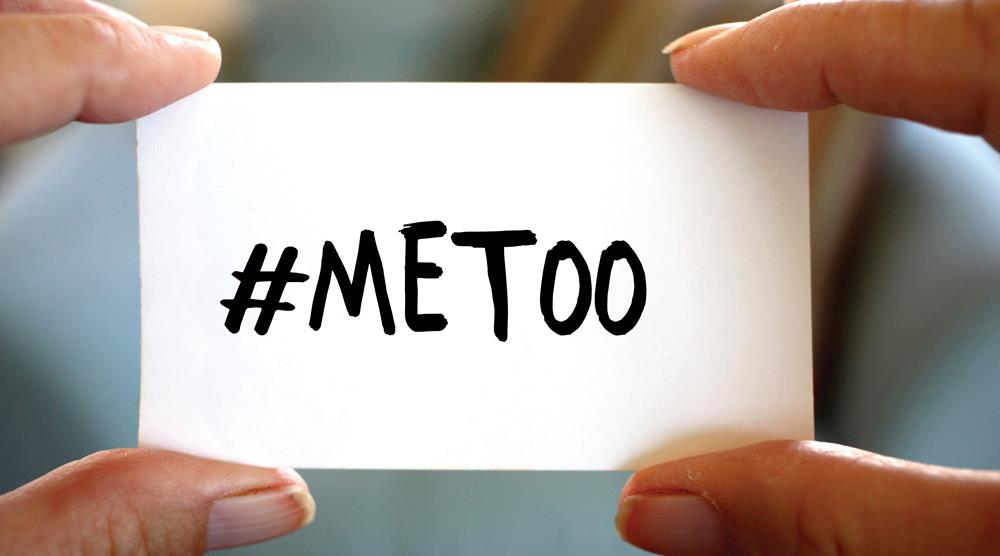Sexual harassment in the wake of #MeToo – what has changed?

It is just over 18 months since the #MeToo movement began to spread virally as a hashtag on social media to show the prevalence of sexual harassment and sexual assault, particularly in the workplace. Since the movement began, what has changed? In our view, there have been two key changes in the UK.
The use of non-disclosure agreements
The #MeToo movement has led to a debate in the UK about the use of non-disclosure agreements and confidentiality clauses in the workplace, especially in settlement agreements.
The Solicitors Regulatory Authority has issued guidance to solicitors on the drafting and use of such clauses, but the position is still far from settled. Views have been expressed by the House of Commons Women and Equalities Select Committee, the Department for Business, Energy and Industrial Strategy and Acas to name but a few. The suggestions have ranged from a ban on confidentiality provisions to standard wording being introduced. For the time being, the consensus is that non-disclosure agreements can be used and confidentiality provisions can be included in settlement agreements, provided they are not oppressive and do not, amongst other things, prevent the individual from blowing the whistle, making a report to a regulator, reporting a crime or otherwise participating in a criminal investigation.
However, we consider that we will see further developments in this area.
Employers’ approaches to allegations of sexual harassment
There has also been a sea change in the way employers approach allegations of sexual harassment. It is well-known that the statutory defence in sexual harassment cases (i.e. that the employer took all reasonable steps to prevent the alleged discrimination from taking place) rarely succeeds in the employment tribunal. Whilst, at first blush, one would think this was positive on the basis that claimants are more likely to succeed with sexual harassment claims against their employers, in practice, it has meant that many employers have been reluctant to make any internal findings that sexual harassment has occurred, knowing this could leave them exposed and defenceless to potentially expensive discrimination claims. As such, there has been a tendency historically to close ranks and “baton down the hatches” – the way Miramax addressed Zelda Perkins’ complaints against Harvey Weinstein being a prime (albeit slightly extreme) example.
However, the pressure of the #MeToo movement, and several regulators requiring organisations to report all sexual harassment complaints to them, is changing this. Employers seem far more willing to investigate the allegations fully and fairly, despite the potential legal ramifications, in the knowledge that the reputational (and in some cases regulatory) consequences of not addressing the issues properly could be far worse. This is driving a cultural change for the better, in our view.
Our top tips for employers
In light of the above, we have set out our top tips for employers when faced with allegations of sexual harassment:
- Consider at the outset whether the allegations could give rise to one or more criminal offences and whether it is appropriate for an internal investigation to proceed. Employers are not required to wait for the conclusion of any criminal proceedings before taking internal action, but they need to be careful that they are not inadvertently contaminating evidence needed in the criminal trial.
- Beware of promising anonymity or confidentiality. Often this will simply not be possible, and the employer must remember it has a duty to act fairly both towards the victim and the alleged perpetrator. Similarly, where a victim comes forward with a serious allegation but says they do not want it to be taken any further, an employer is likely to still be obliged to investigate the complaint given its employer duties (e.g. the duty to provide a safe place of work).
- Make sure you comply with your regulatory obligations. If in doubt, check whether there is an obligation to report the complaint to your regulator.
- Plan how you will collect, handle and retain material from the investigation and consider who is best placed to carry out the investigation. For example, is it appropriate to appoint an external investigator? This is likely to depend on the nature of the allegations, the structure and size of the organisation.
- Suspension should not be a knee jerk reaction. Once the alleged perpetrator has been suspended it can be very difficult for them to return to the workplace. Conversely, asking the victim to stay at home can also be potentially damaging. Consider whether you can take any other steps to protect the parties, which still enables you to carry out a fair investigation.
- Offer support to both the victim and the alleged perpetrator.
- If in doubt, seek advice. Complaints of sexual harassment can be complex and difficult to manage – striking the right balance isn’t always easy. Legal advice and an objective view can often be extremely valuable in such situations.
We’ll be covering this and other employment law developments as part of our Autumn Employment Roadshow series across the North East and Cumbria. Details of locations, timings and how to book can be found on our events page. We hope to see you there.
For further information, help or advice please contact Lisa Kelly on 0191 211 7897 or [email protected]
